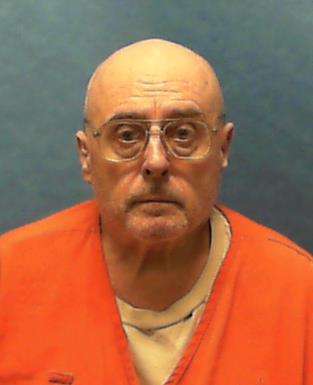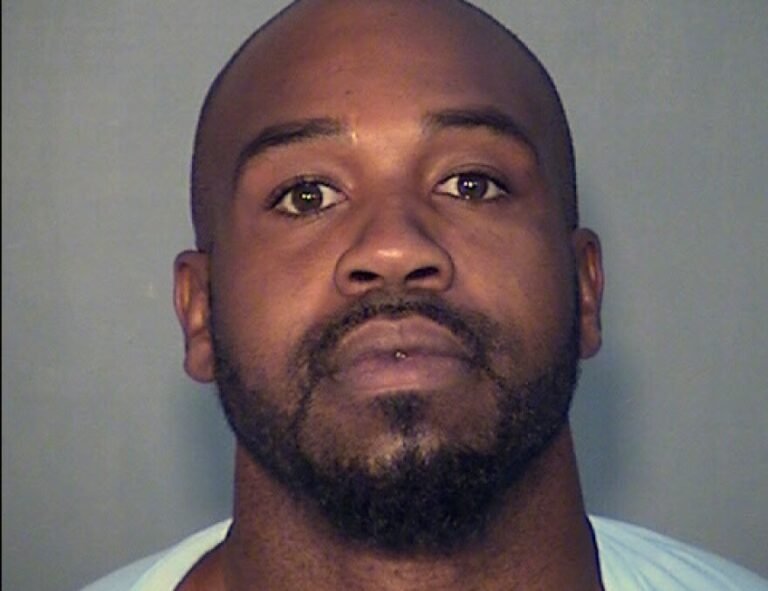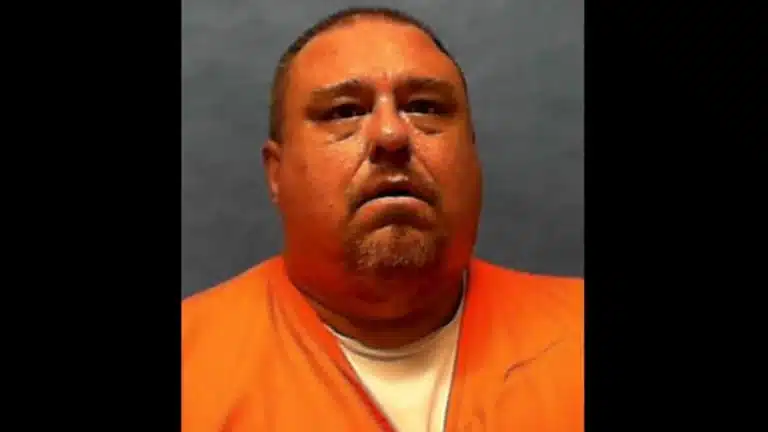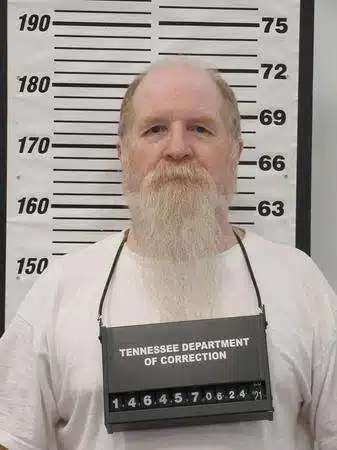
Ernest Suggs Murders Pauline Casey In Florida
Ernest Suggs was sentenced to death by the State of Florida for the murder of Pauline Casey
According to court documents Ernest Suggs would kidnap Pauline Casey from the Teddy Bear Bar. Pauline Casey would later be found murdered and a number of personal items missing
Ernest Suggs would be arrested, convicted and sentenced to death
Ernest Suggs Photos

Ernest Suggs Now
| DC Number: | 220267 |
|---|---|
| Name: | SUGGS, ERNEST D |
| Race: | WHITE |
| Sex: | MALE |
| Birth Date: | 08/08/1955 |
| Initial Receipt Date: | 07/15/1992 |
| Current Facility: | UNION C.I. |
| Current Custody: | MAXIMUM |
| Current Release Date: | DEATH SENTENCE |
Ernest Suggs Case
Pauline Casey, the victim, worked at the Teddy Bear Bar in Walton County. On the evening of August 6, 1990, the bar was found abandoned, the door to the bar was ajar, cash was missing from the bar, and the victim’s car, purse, and keys were found at the bar. The victim was missing. Ray Hamilton, the victim’s neighbor, told police that he last saw the victim shooting pool with an unidentified customer when he left the bar earlier that night. Based on Hamilton’s description of the customer and the customer’s vehicle, police issued a BOLO for the customer. Subsequently, a police officer stopped a vehicle after determining that it matched the BOLO description.
The driver of the vehicle was identified as the appellant, Ernest Suggs. Although he was not then under arrest, Suggs allowed the police to search his vehicle and his home. While searching Suggs’ home, the police found, in a bathroom sink, approximately $170 cash in wet bills, consisting of a few twenty-, ten-, and five-dollar bills and fifty-five one-dollar bills.
Meanwhile, police obtained an imprint of the tires on Suggs’ vehicle and began looking for similar tire tracks on local dirt roads. Similar tire tracks were found on a dirt road located four to five miles from the Teddy Bear Bar. The tracks turned near a power line, and the victim’s body was found about twenty to twenty-five feet from the road. The victim had been stabbed twice in the neck and once in the back; the cause of death was loss of blood caused by these stab wounds. After the victim was found, Suggs was arrested for her murder.
In addition to the cash and tire tracks, police obtained the following evidence connecting Suggs to the murder: one of the three known keys to the bar and a beer glass similar to those used at the bar were found in the bay behind Suggs’ home; the victim’s palm and fingerprints were found in Suggs’ vehicle; and a serologist found a bloodstain on Suggs’ shirt that matched the victim’s blood. Additionally, after his arrest, Suggs told two cellmates that he killed the victim.
In his defense, Ernest Suggs contended that he was framed and made the following claims: that he had small bills because his parents had paid him in cash for working on their dock; that the money was wet because he fell in the water while working on the dock; that other vehicles have tires similar to the tires on his vehicle; that the tires on his vehicle leave a specific overlap pattern because of the wear on them and that no such overlap pattern was found at the scene; that the underbrush on his vehicle did not match any brush from the area of the crime scene; that no fibers or hairs from the victim were found in his vehicle; that the fingerprints in his vehicle could have been left at any time before the day of the murder; that the enzyme from the blood stain on his shirt matches not only the victim but also 90% of the population; that the shirt from which the blood was taken was not properly stored and that the stain could come from any bodily fluid; that the tests performed on the blood stain produced inconclusive results, including the fact that the stain could have been a mixed stain of saliva and hamburger; that a news conference was held regarding his arrest twenty-four hours before the bay behind his house was searched, which provided ample time for someone to deposit the key and glass there; and that his two cellmates lied, gave inconsistent testimony, and received reduced sentences because of their testimony. Additionally, Suggs contended that both Ray Hamilton and Steve Casey, the victim’s husband, could have committed the murder (with Casey having life insurance as a motive), and that those individuals were being pursued as suspects until his arrest, but as soon as he was arrested, police dropped their investigation of those suspects.
The State countered this defense by showing that the dock on which Ernest Suggs was purportedly working contained no new wood; that the tire tracks did in fact match Suggs’ vehicle; and that the enzyme from the blood did not come from Suggs.


